10 facts about the Red Sea
Categories: Water
By Pictolic https://pictolic.com/article/10-facts-about-the-red-sea1.htmlThe Red Sea — the name of which is a direct translation of the Greek Erythra Thalassa, which came from ancient times. However, the "Red" Sea is called exclusively in European languages. For example, in Hebrew it has the name "Yam Suf" — reed, reed, most likely named because of the reed thickets of the Gulf of Suez, and in Egypt "green expanse".
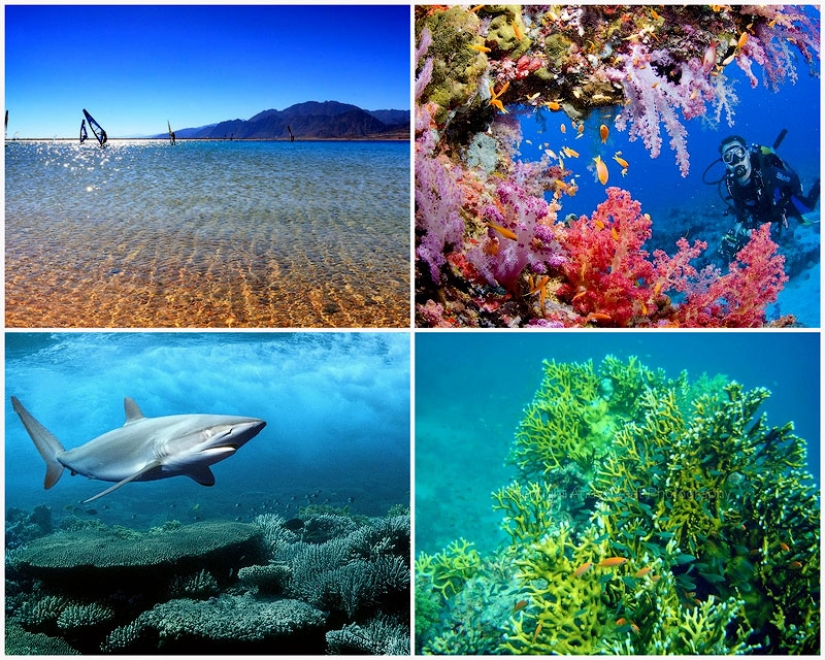
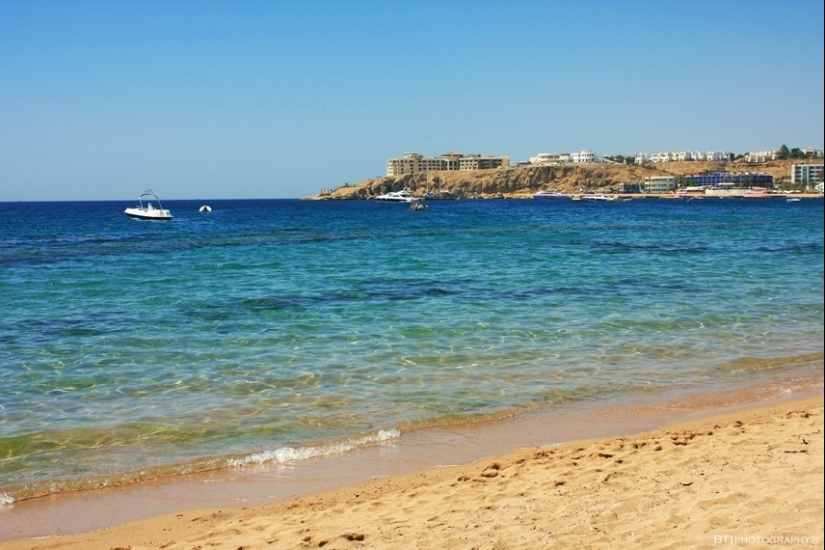
1. The Red Sea is the saltiest sea of the World Ocean. 1 liter of water here contains 41 g of salts (in the open ocean 34 g, in the Black Sea 18, in the Baltic Sea only 5 grams of salts per liter of water).
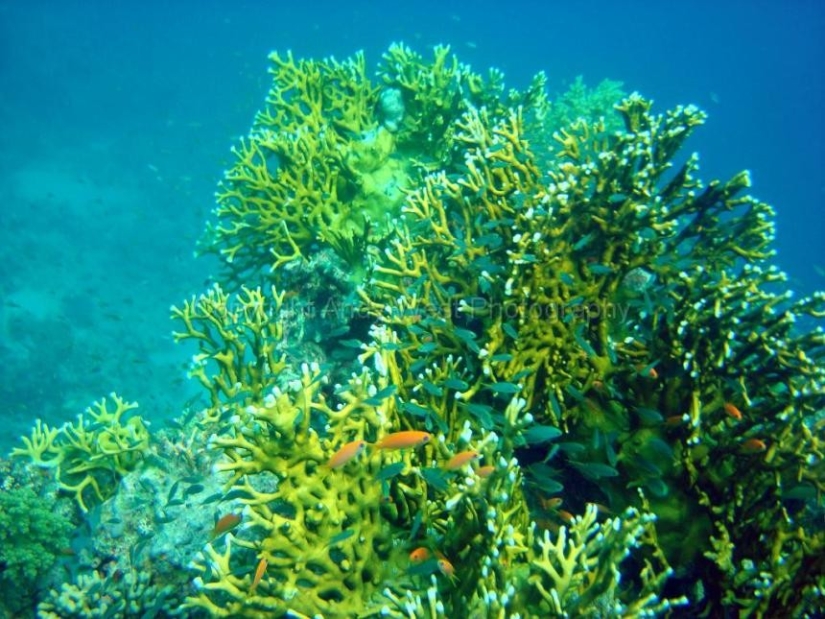
2. The Red Sea is the warmest of all seas. The water temperature in spring in the southern part of the sea reaches +30 ° C, and in the north +22 ° C! There is an assumption that the water temperature at the very bottom is about +21 ° C. In the winter months, the temperature does not fall below +20 ° C.
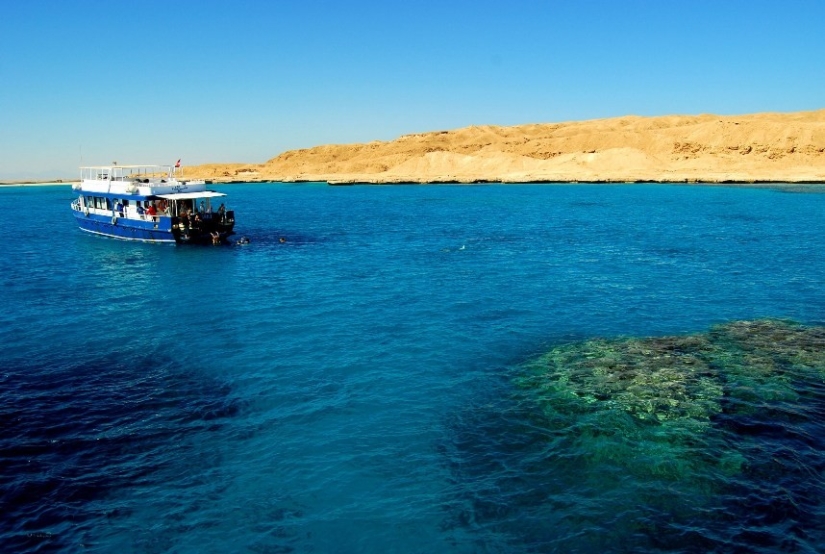
3. No more than 100 mm of precipitation falls over the sea per year (and even then, not everywhere, and exclusively in the winter months), while it evaporates 20 times more — 2000 mm at the same time. This means that more than half a centimeter of water evaporates from the sea surface every day. In the complete absence of water supply from the land, this shortage of water in the sea is compensated only by the supply of water from the Gulf of Aden.
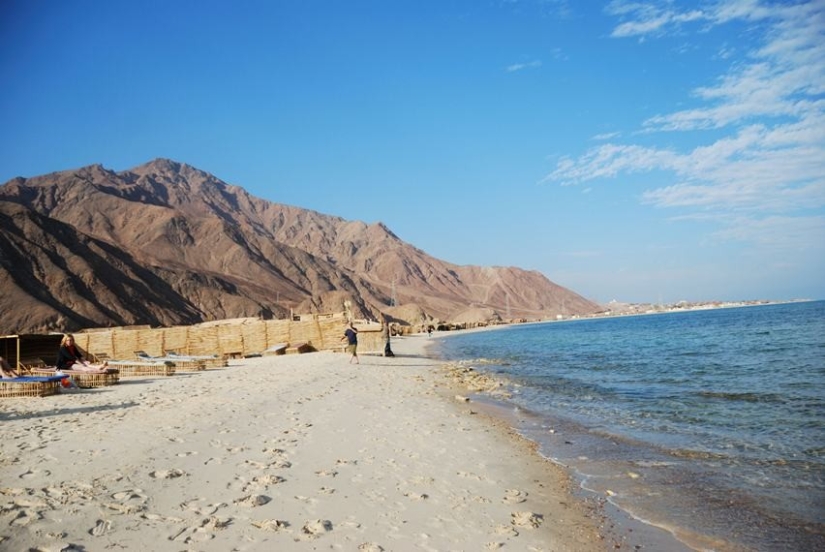
4. In the Bab-el-Mandeb Strait, there are simultaneously currents that are part of The Red Sea and coming out of it. During the year, water is brought into the sea by almost 1000 cubic km. more than is taken out of it.
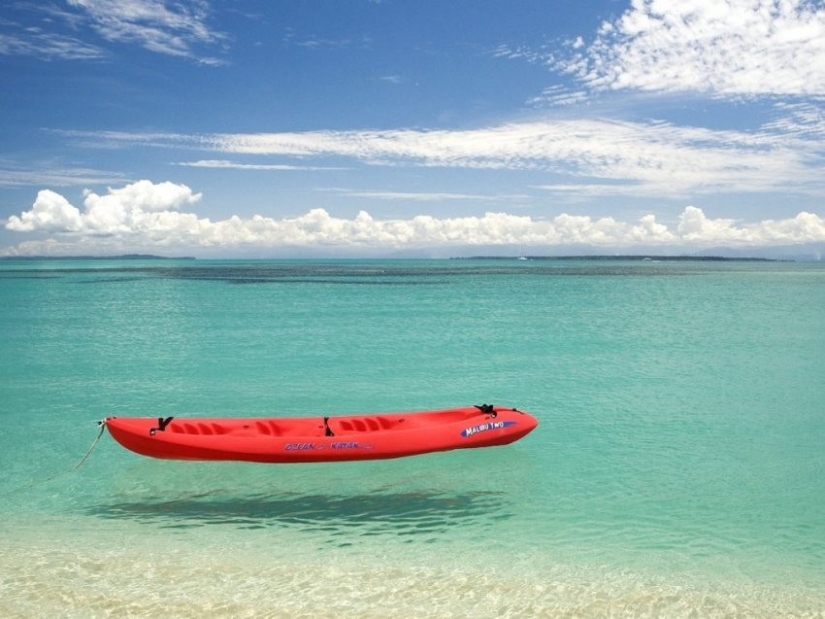
5. It takes only 15 years to fully exchange water in the Red Sea.
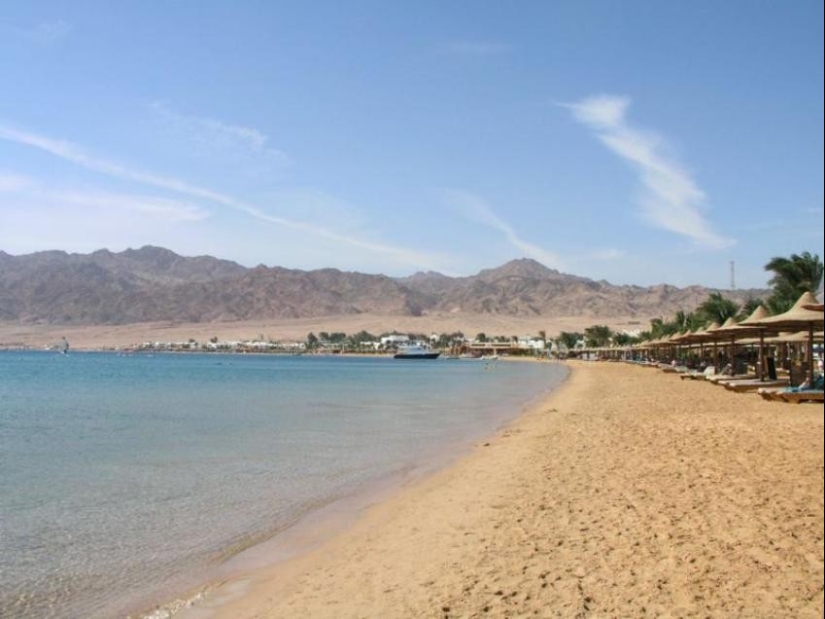
6. The peculiarity of the Red Sea is that no river flows into it, and rivers usually carry silt and sand with them, significantly reducing the transparency of sea water. Therefore , the water in The Red Sea is crystal clear.
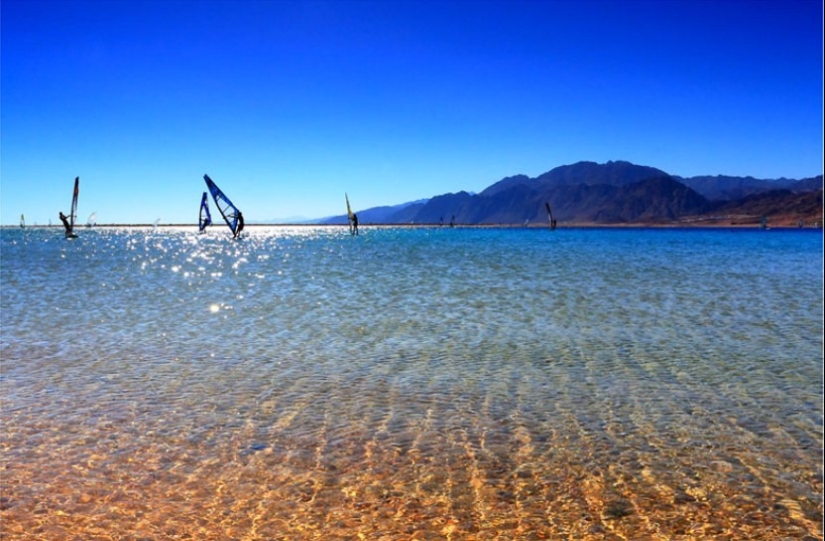
7. The Red Sea is very young. Its formation began about 25 million years ago when a crack appeared in the earth's crust and the East African Fault formed. Under the action of centrifugal force due to the rotation of the Earth, the African continental plate separated from the Arabian plate and their reversal formed a "spiral" twisting to the northeast, and a gap formed between them in the Earth's crust, which was gradually filled with seawater for thousands of years.
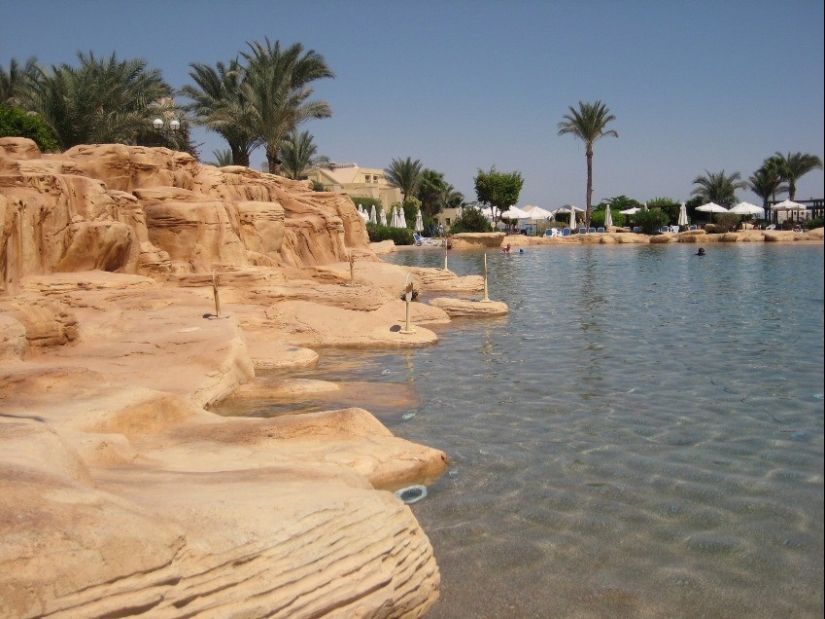
8. The plates are constantly moving — the relatively flat shores of the Red Sea diverge in different directions at a rate of 1 cm per year, or 1 m per century At this rate of expansion in the next 200 million years, the Red Sea will become as wide as the Atlantic Ocean.
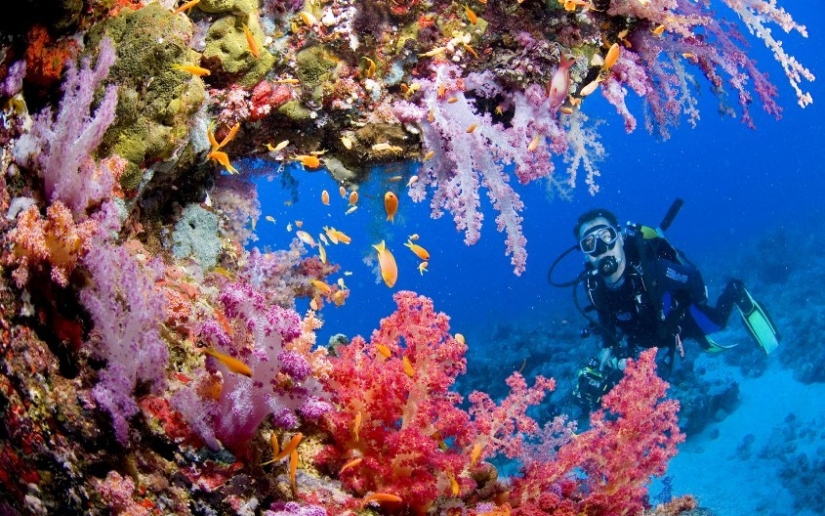
9. In 1869, when the Suez Canal was opened, the waters of the Mediterranean Sea joined the The Red Sea and the migration of underwater flora and fauna in both directions began.

10. The Red Sea is out of competition for the diversity of corals, underwater flora and fauna. The coastal strip of coral reefs stretches for almost 2 thousand kilometers.
Recent articles

Most of us loved as kids magic tricks, but someone loves them right now. However, the attitude to the hoax became a few others ...

Everything is changing. This is well and has long been known to everyone. But when something stays with you for a long time, it is ...

Compared to the 1970-ies 1980‑e years were a time of cautious optimism in new York. Boom on wall street fueled the speculative ...